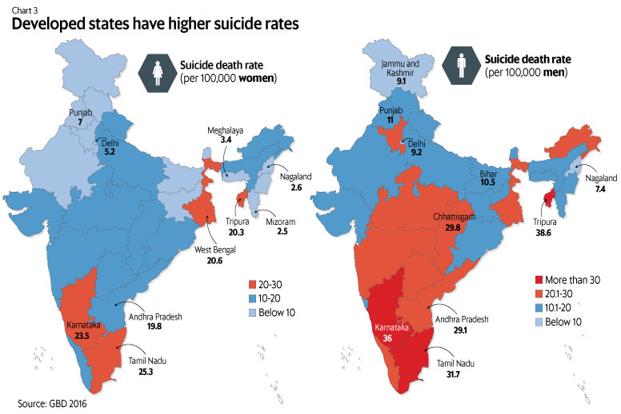900 319 0030
enquiry@shankarias.in
Register of Indigenous Inhabitants of Nagaland (RIIN)
Inner Line Permit (ILP)
Suicides in India


Non-Communicable Diseases (NCDS) In India
Classical status for Marathi
Source: PIB, The Indian Express